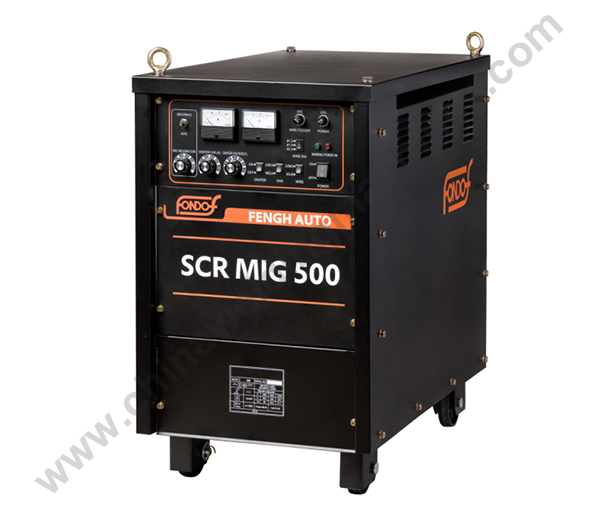Choosing the Right Welding Machine for You
Welding is a process that involves joining two or more pieces of metal by heating them to their melting point and then fusing them together. Two of the most popular welding methods used today are MIG and TIG welding. Both techniques have their own unique advantages and disadvantages, but one thing they have in common is the need for specialized welding machines.

MIG Welding Machine
MIG welding, also known as Gas Metal Arc Welding (GMAW), is a welding process that involves using a consumable wire electrode and a shielding gas to join two or more metal pieces. The welding machine used for MIG welding consists of a power source, wire feeder, welding gun, and shielding gas supply.
The power source supplies the electricity needed to melt the wire and create the weld, while the wire feeder feeds the consumable wire electrode through the welding gun. The shielding gas supply provides a protective gas shield that prevents contamination of the weld by atmospheric gases.
MIG welding machines are easy to use and produce high-quality welds with minimal spatter. They are ideal for welding thin and medium-thickness metals and are commonly used in automotive and construction industries. MIG welding is also relatively fast compared to other welding techniques, making it a popular choice for high-volume production environments.
TIG Welding Machine
TIG welding, also known as Gas Tungsten Arc Welding (GTAW), is a welding process that involves using a non-consumable tungsten electrode and a filler metal to join two or more metal pieces. The welding machine used for TIG welding consists of a power source, a tungsten electrode, a shielding gas supply, and a foot pedal.
The power source supplies the electricity needed to create the arc, while the tungsten electrode holds the arc and does not melt. Instead, a filler metal is added to the weld pool to join the metal pieces. The shielding gas supply provides a protective gas shield that prevents contamination of the weld by atmospheric gases.
TIG welding machines are known for their precision and versatility. They produce high-quality welds with a clean appearance and minimal distortion. TIG welding is ideal for welding thin and thick metals, as well as metals with different thicknesses. It is commonly used in aerospace, medical, and fabrication industries.
Choosing the Right Welding Machine
When choosing between MIG and TIG welding machines, it is important to consider the type of metal being welded, the thickness of the metal, and the desired welding speed and precision. MIG welding machines are ideal for welding thin and medium-thickness metals, while TIG welding machines are better suited for welding thick and thin metals.
In addition to the type of welding machine, it is also important to consider the brand and features of the welding machine. Some popular brands include Miller, Lincoln Electric, and Hobart. Features to consider include voltage and amperage range, duty cycle, and ease of use.
MIG and TIG welding machines are essential tools for welding professionals and hobbyists alike. Both techniques have their own unique advantages and disadvantages, but they both require specialized welding machines to produce high-quality welds. When choosing between MIG and TIG welding machines, it is important to consider the type and thickness of the metal being welded, as well as the desired welding speed and precision. With the right welding machine, anyone can become a skilled welder and create high-quality metal products.

评论
发表评论